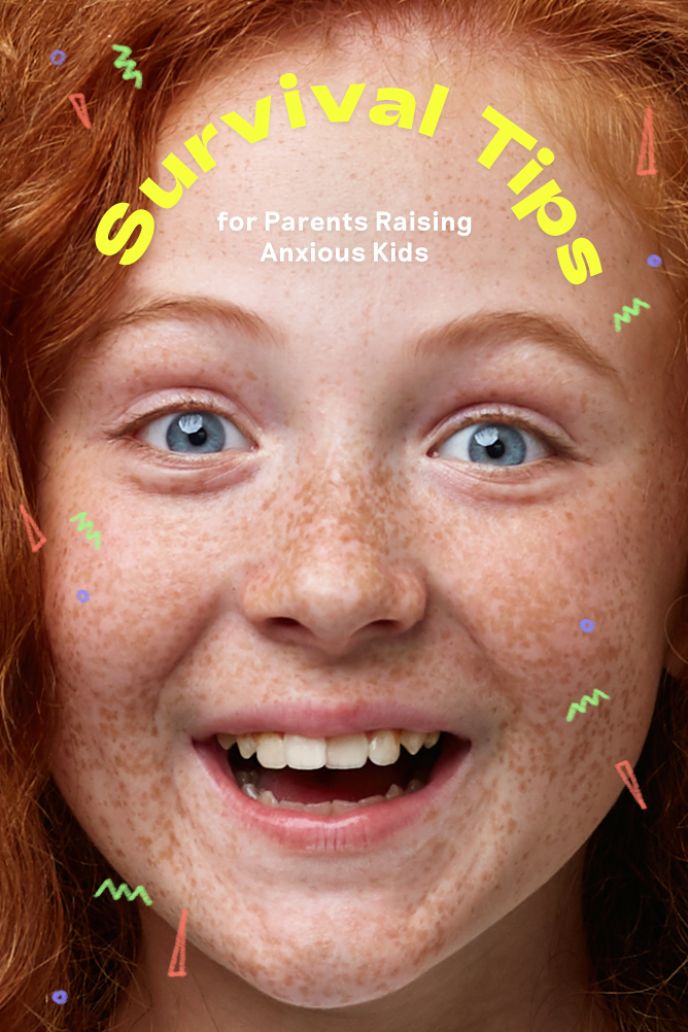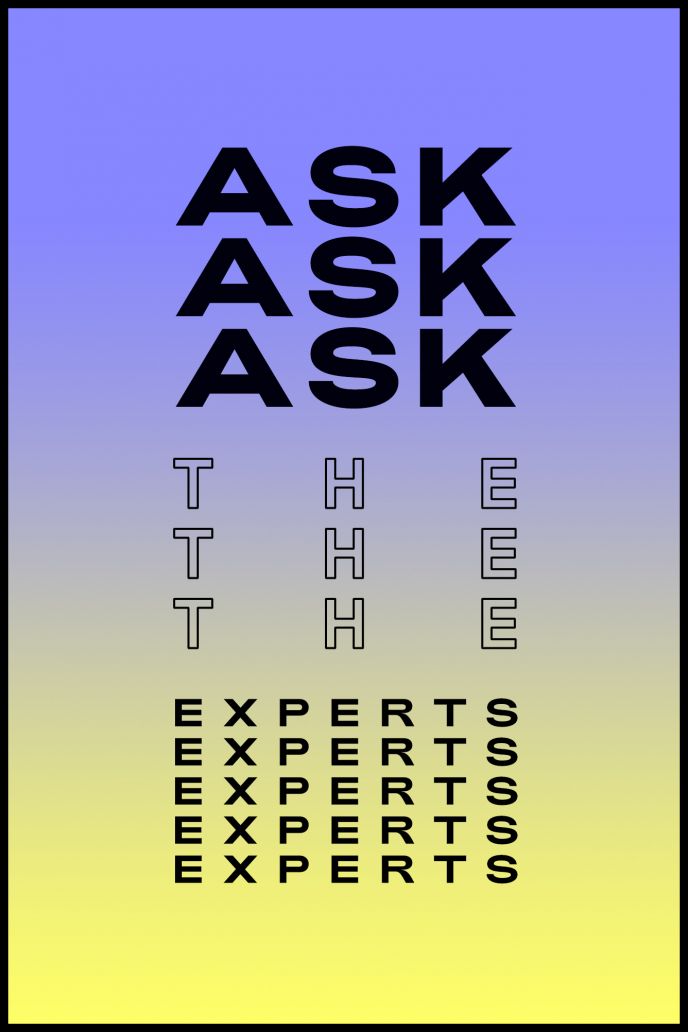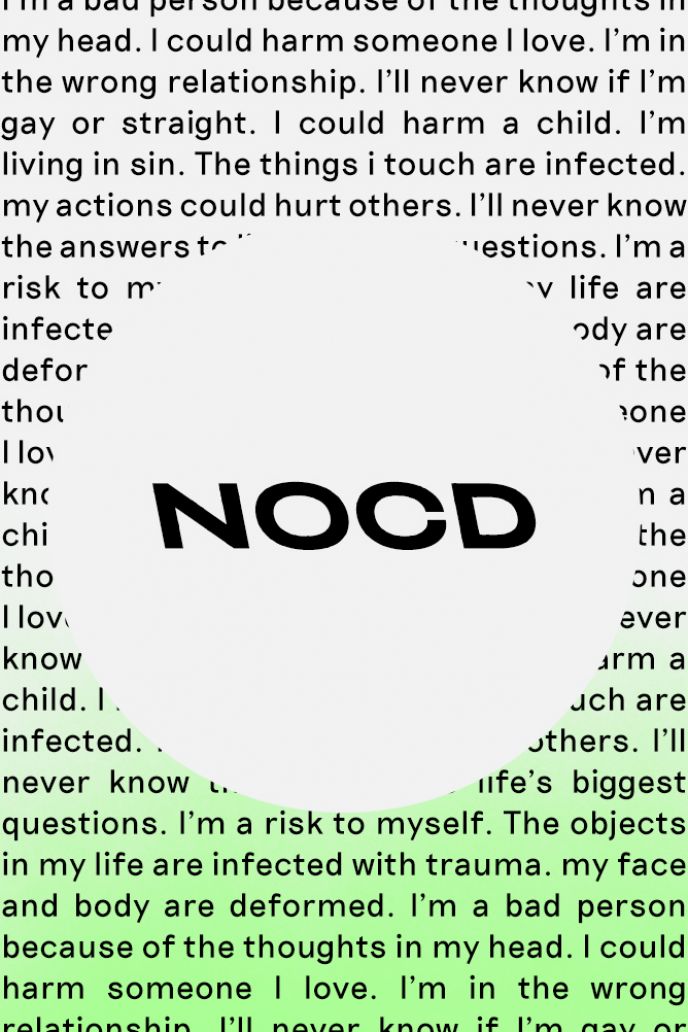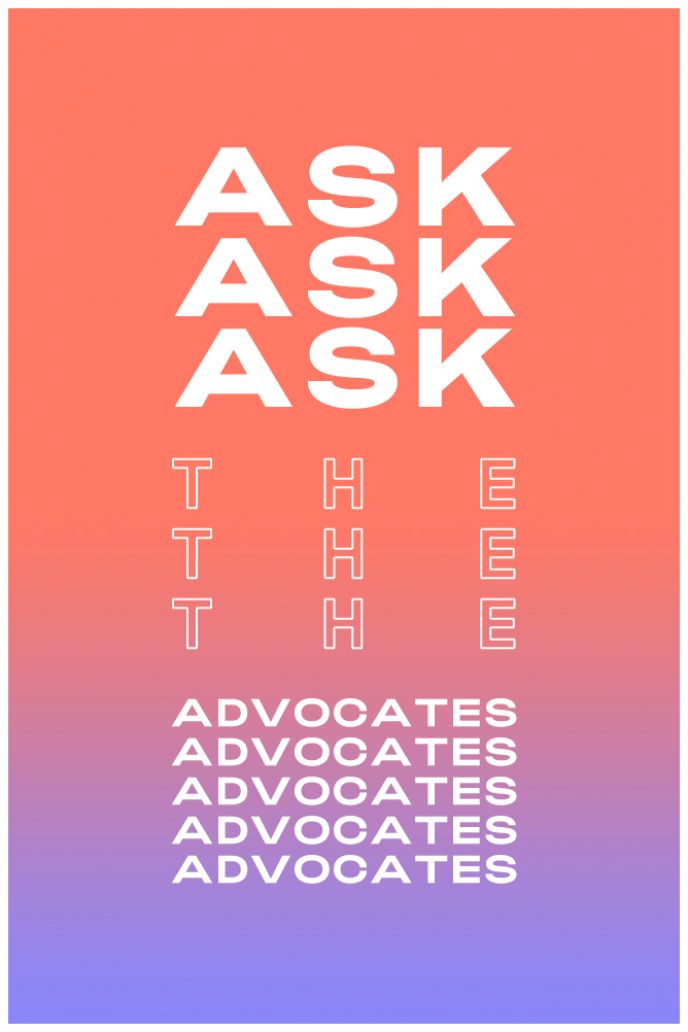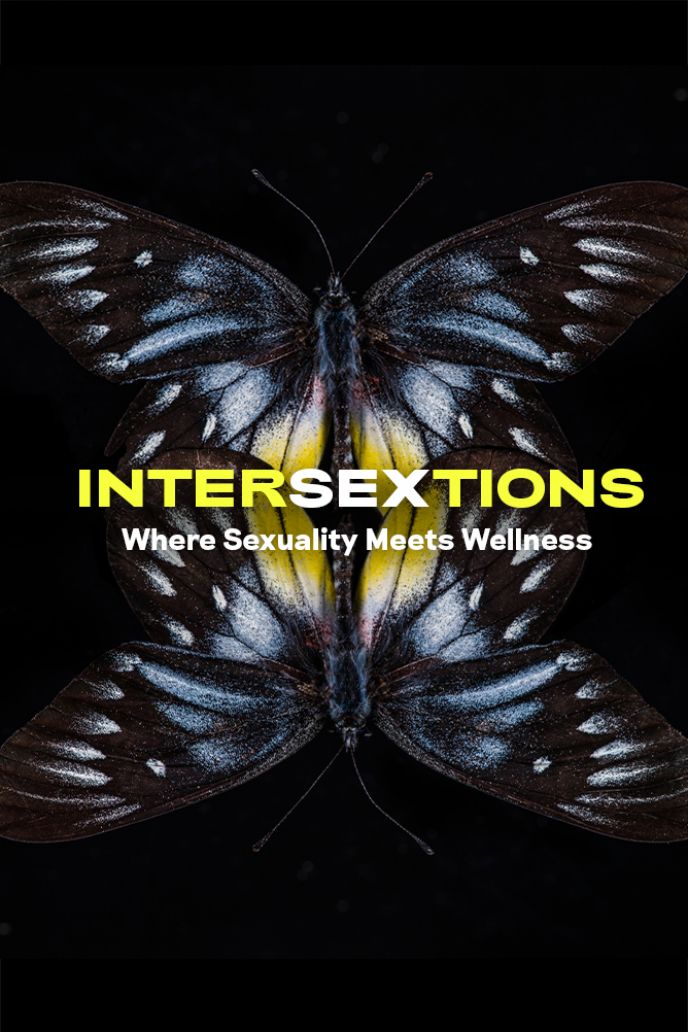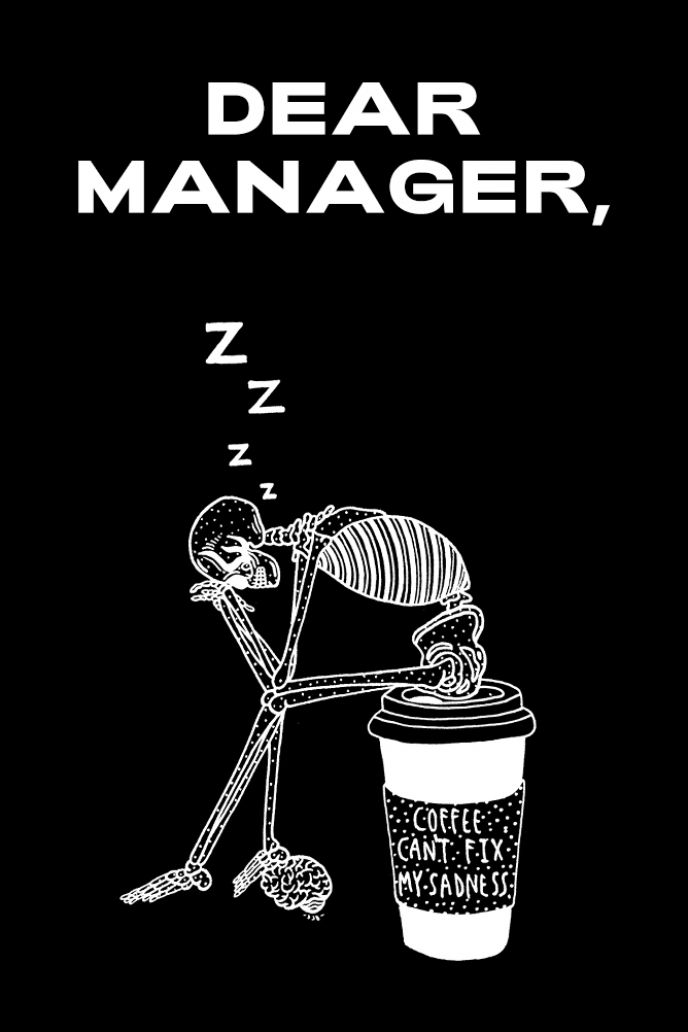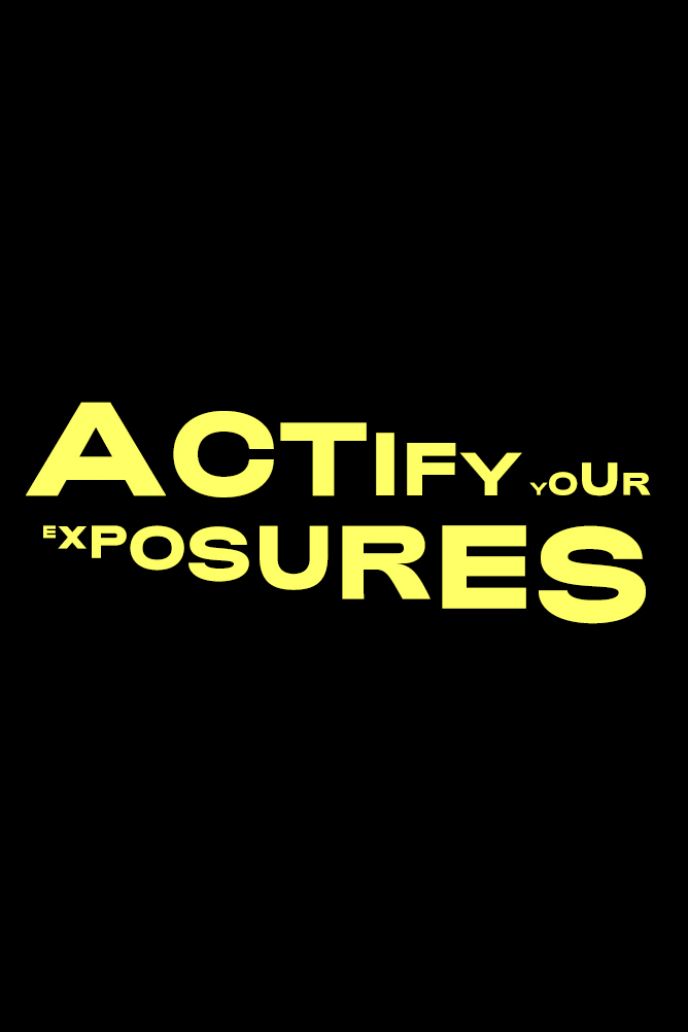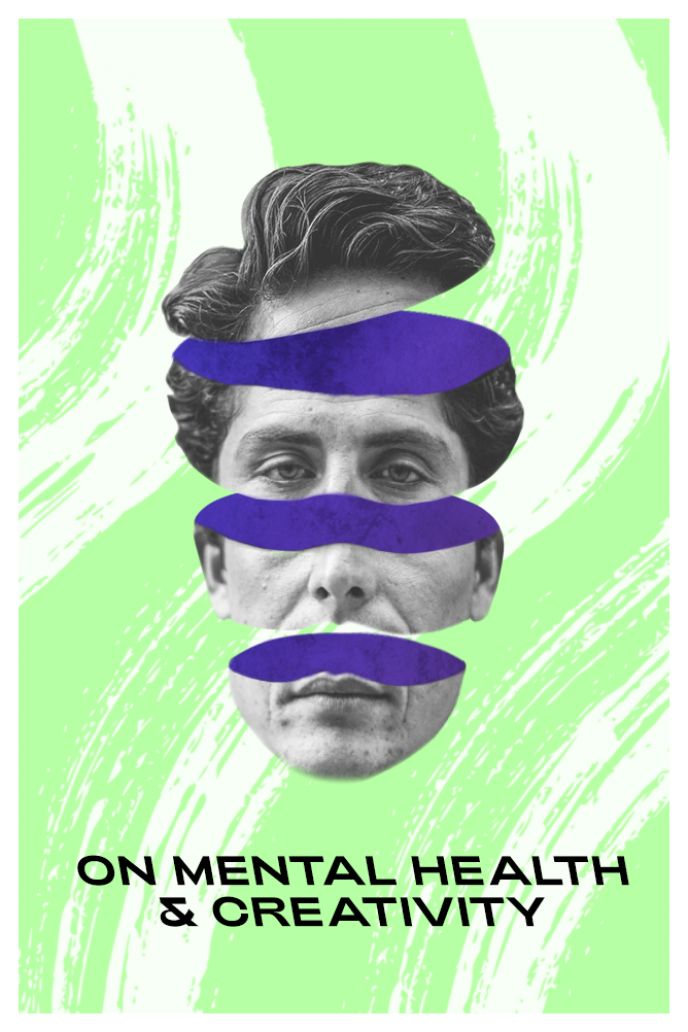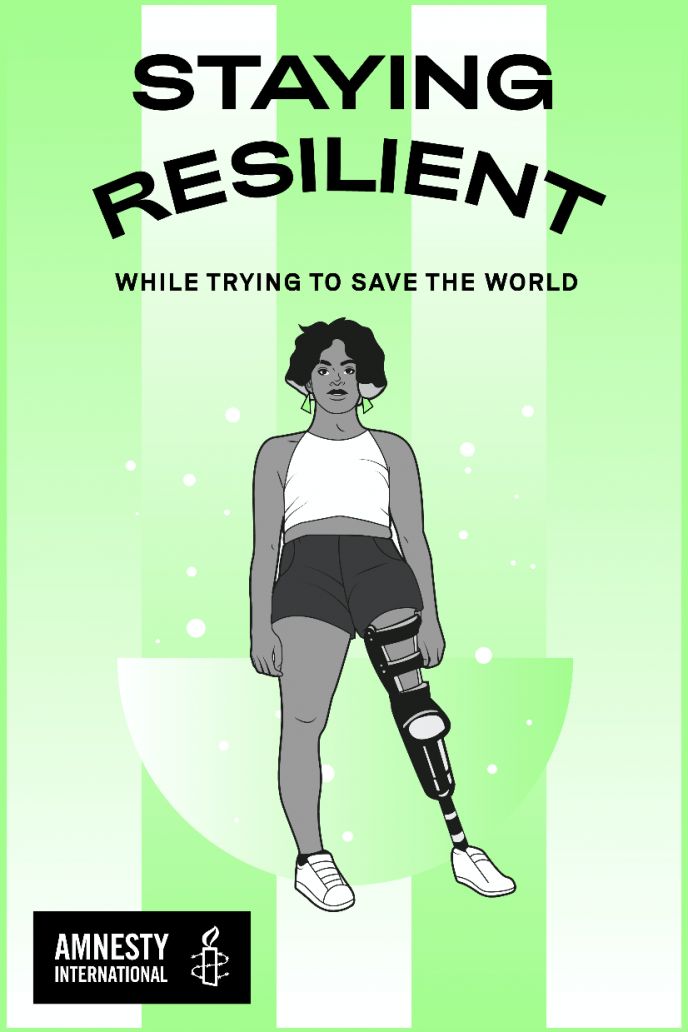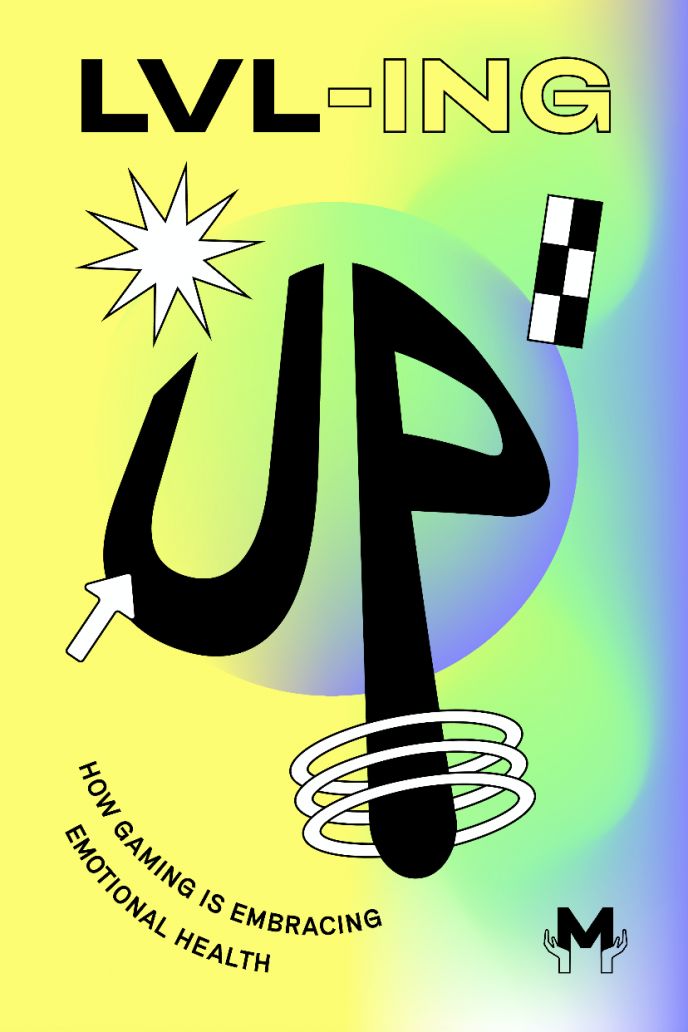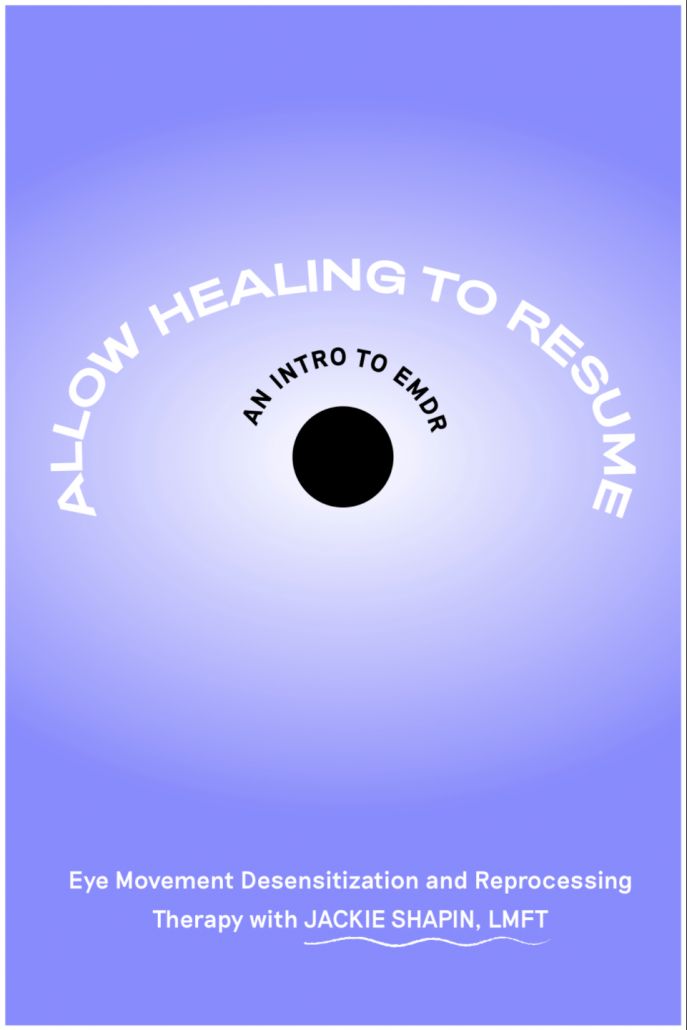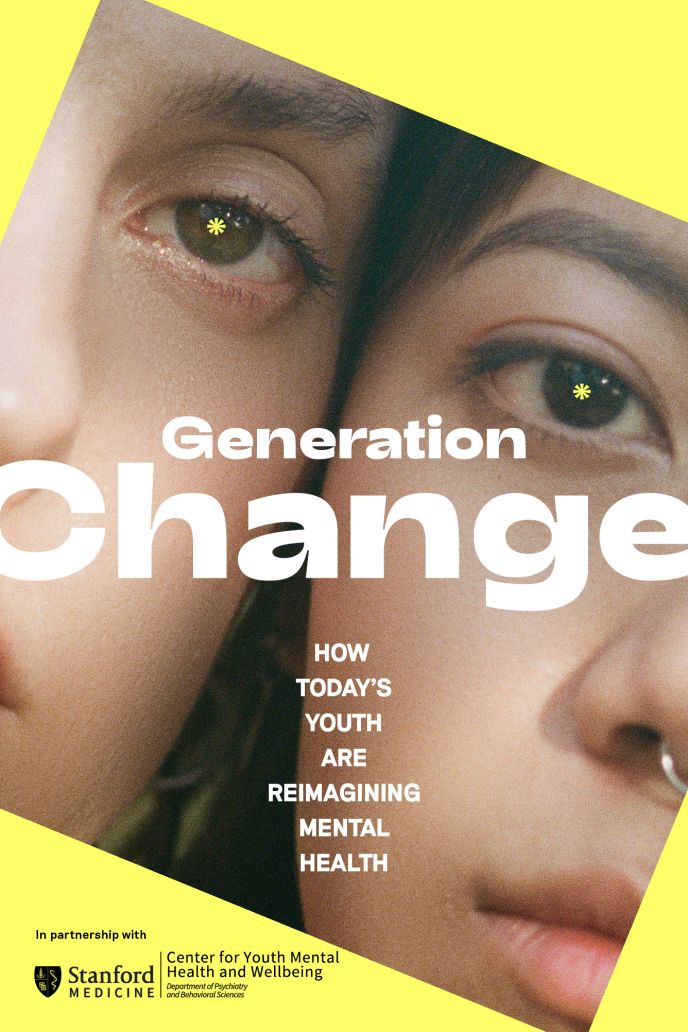Hypnosis: A Tool for Calming the Anxiety of Obsessive Thought
Ruth Washton on the power of imagination to lessen your fear of obsessive thought.
Written by Ruth Washton
01 Ruth is a psychotherapist and hypnotherapist in private practice in Manhattan.
02 The imagination is a powerful and healing tool with which you can adjust the image of an actual feared situation in ways that make it much less threatening.
03 Repeated mental rehearsal restores your sense of control as you realize that you have more power over your thoughts than they do over you.
Hypnosis is an ancient practice that treats illness by harnessing the power of the imagination. Exposure Response Prevention (ERP) has been shown to be the most effective treatment for OCD, and in hypnosis the exposure is imagined. When you are in a state of deep hypnotic relaxation, your imagination becomes a powerful way to calm and take the sting out of the anxiety created by obsessive thought, as powerful as looking at an actual picture.
Let’s try an experiment: in your mind’s eye, picture something pleasurable. Perhaps imagine yourself taking a walk in the woods on a summer’s day. Can you feel the sun on your face, its warmth on your back? Feel the ground under your feet as you walk along. Inhale the scent of greenery as you walk. If you listen closely, maybe you can hear a bird singing as it rests on the branch of a tree. Ah - - - take a deep breath and exhale .
So you see, just by suggesting an image to you, it becomes a real experience, even though it exists only in your mind. In fact, the more you become absorbed in sensory experience (sight, sound, scent, taste and touch), the more real it will feel.
In a hypnotic or “trance” state, you can use your imagination to alter your experience and master your anxiety.
For example, you can distance yourself from an object or situation that causes distress by picturing it on a television or movie screen. The goal is to position it at a distance close enough to see it, but far enough away not to be disturbed by it. You can move the image back and forth until you find just the right comfortable distance. You can also enclose it behind thick glass where you can see it and feel protected from it at the same time.
I find combining the imagined exposure with relaxation very effective. As you begin to feel anxious, I ask you to notice where in your body you feel tension building. Do you feel a knot in our stomach or tightness in your shoulders? I then ask you to focus on that feeling and B-r-e-a-t-h-e into that space until the knot begins to untie and your shoulder muscles soften and release, allowing the tension to flow away as you exhale.
After all, thoughts are just thoughts. They have only the power you give to them.
Ruth is a psychotherapist and hypnotherapist in private practice in Manhattan. She is certified as a hypnotherapist by the Center for the Advancement of Clinical Hypnosis (CATCH). Ruth borrows from yoga and mindfulness meditation to facilitate the hypnotic experience. She uses hypnosis to treat not only OCD but also phobias, social and performance anxiety, and trauma.
Support our work
We’re on a mission to change how the world perceives mental health.


